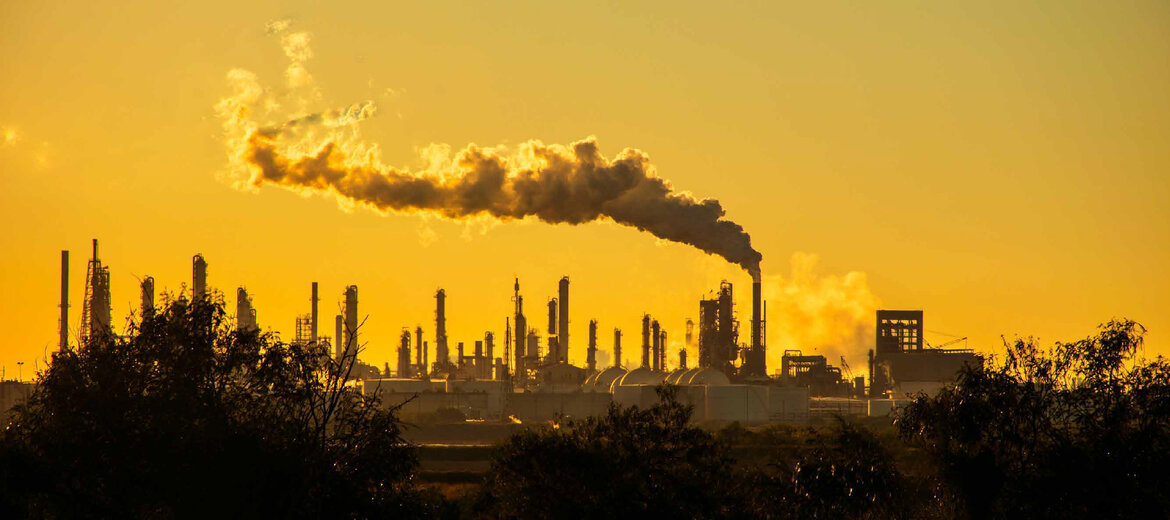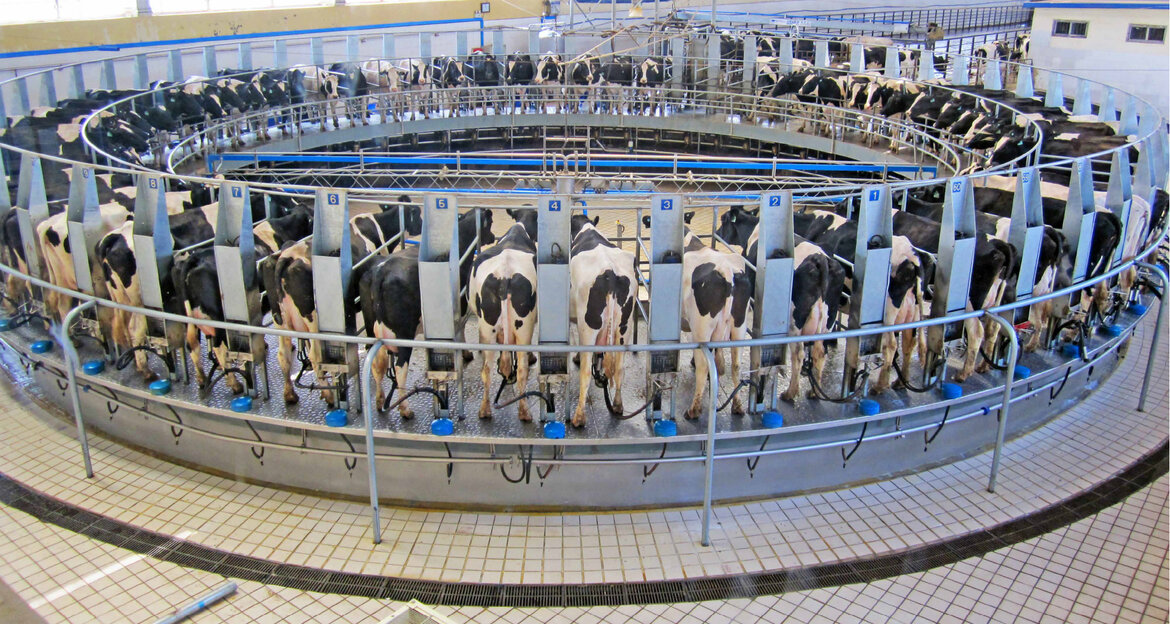ENVIRONMENT
Meat
production
production
Meat production and its by-products cause significant harm to the environment – from crops and water needed to feed the animals, to transportation and processing that takes place until the meat is served to our plate. The enormous amount of food required for meat production, causes deforestation. As a result, we harm our natural habitat and drive many species to extinction. In Brazil alone, the equivalent of 5.6 million acres is used to grow soybeans for animals in Europe. A domino effect is on the rise since this practice causes the malnutrition of people in developing countries. Poor farmers are forced to grow animal food for foreign companies, instead of growing products they need for themselves.

Greenhouse gas emissions & Climate change
If all of us became vegan the greenhouse gas emissions would decrease from the meat production industry by 70% until 2050 (source Springmann et al. 2015, Proceedings of National Academy of Sciences PNAS). Perpetuating the current situation, it is estimated that by 2050 the gas emissions from the meat production industry will cause 50% of the tolerable emissions, if we want to keep the temperature rising by only 2°C max. Meat industry produces more greenhouse gas emissions than the transportation system globally. The process of producing a hamburger consumes the same amount of gas as a small car travelling approximately 32 kilometers. (PETA)

Greenhouse emissions
in numbers
in numbers
(UN Food & Agricultural Organization)
The total carbon dioxide emissions from livestock farming is 7.1 giga-tons per year and it is equivalent to 14.5% of the anthropogenic greenhouse gas emissions. (UNFAΟ, carbonbrief.org). 65% of them, come from bovine farming for meat production and milk but also there is contribution from compost production and the use of bovines for work.
• At total the emissions related to livestock operations, fodder production and ruminants’ digestion correspond to 45% and 39% of the total emissions accordingly. The processing and stocking of dung corresponds to 10% and the rest to product transportation.
• The emissions from fossil fuels correspond to 20% for all the actions and species
• The intensity of the emissions differs between commodities. Beef corresponds at approximately 300 kg of carbon dioxide for the production of 1 kilo of protein. Next is the meat and milk of other small ruminants, 165 kg and 125 kg of CO2 accordingly. Cows’ milk and hen byproducts have on average less emission intensity 100kg CO2 per 1 kilo of protein approximately. At each location per country the above numbers differ according to the method and use.
• For ruminant animals the digestion and fodder production for their feed (including the natural decomposition of dung) compose the biggest part of the emissions. For pork production the biggest part of the emissions come from the feed and dung stocking and processing. Likewise, poultry feed constitutes the biggest part of the greenhouse gas emissions along with energy consumption.
• Approximately 44% of the emissions from livestock farming come in the form of methane (CH4). The rest of them are almost equally split between nitrogen oxide (N2O 29%) and carbon dioxide (CO2 27%). In total of the anthropogenic pollutants they constitute:
of carbon dioxide emissions (CO2)
of methane emissions (CH4)
of nitrogen oxide emissions (Ν2Ο)
